What Acquisitions Mean for Your Mobile Marketing Strategy
Mobile platforms present companies with enormous opportunities to deliver the right marketing message to exactly the right person at the right time. However, many businesses' marketing strategies have not necessarily evolved to keep up with the pace of technology. Mobile technology, when fully harnessed, allows marketers to increase customer acquisitions and acquire useful consumer data in exchange for something the customer values. Companies today need not simply guess what potential customers want, bombarding them with advertisements and hoping people will stop what they're doing and listen. However, most marketing, even mobile marketing, continues to do just that.
Utility Marketing Versus Interruption Tactics
The traditional customer acquisition strategy for most companies has been what is known as interruption marketing, which in essence means blasting out as much advertising as possible – through commercials, telemarketing, etc. – and hoping someone will pay attention. Unfortunately, because so relatively little is usually known about the message's audience, this strategy is ineffective. A good mobile app, by contrast, costs much less than producing even one television commercial and can deliver extremely relevant content to the exact consumers most likely to become loyal customers.
Proctor & Gamble's Iams Vet 24/7 app is an excellent example of this type of strategy, known as utility marketing. At a very low cost, the company has greatly increased its brand recognition by offering consumers something that makes their lives better: advice. Pet owners are delighted when a company gives them something they actually need – and for free. P&G, in return, is perfectly situated for customer acquisition because its app is on the home screens of devices that never leave consumers' sides.
Data Acquisition and Behavior/Intent Targeting
Another benefit of mobile marketing is that it gives companies enormous data acquisition capabilities. Consumer data obtained with permission may then be monetized through behavior/intent targeting. When a business offers consumers something that improves their lives, they are happy to share information with that company. Those businesses may then use that information, monetizing its leads in more intelligent ways.
To understand the behavior/intent targeting that mobile data acquisition makes possible, one might compare Expedia's app, for instance, to TripIt's. Consumers may download Expedia on their mobile devices, but not much else happens afterward unless the user takes action. TripIt, on the other hand, offers consumers an itinerary-creation service, allowing them to access air, hotel, and car rental information together in one place on their smartphones.
Customers simply email all confirmations to TripIt, and the app arranges everything into one cohesive itinerary accessible via mobile device. The app even alerts travelers when an essential service such as a hotel reservation is missing from the itinerary. Instead of sending consumers an overwhelming list of options, the app detects hotel preferences from previous trips, along with information indicating which part of town might be most convenient, and prompts travelers to click to accept the suggested reservations.
This app essentially saves the traveler not only the headache of having nowhere to stay; it also spares her from wading through an enormous list of options when the app already has the information needed to target her probable intent, based on past behavior.
Companies may measure customer behavior through standard web or mobile app analytics solutions and then use that data to read consumer intent signals. Thus, in return for the value that utility marketing offers, companies are rewarded with increased customer acquisition, as well as the acquisition of valuable data that consumers readily share. The result is hyper-relevant, hyper-targeted marketing and ultimately increased sales.


